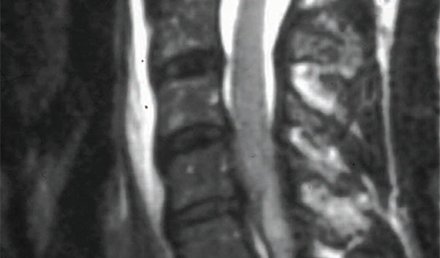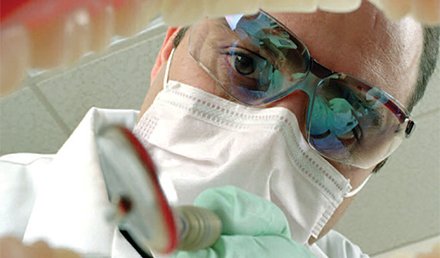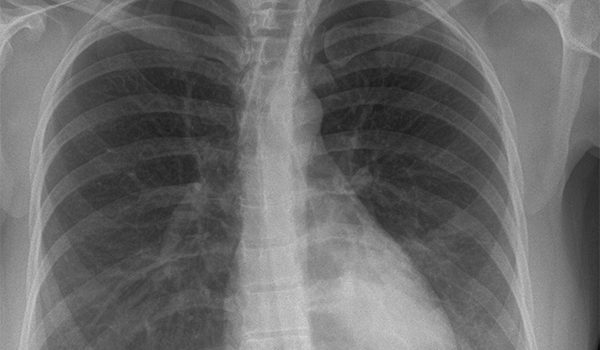DAVID STERN, MD (Practice Velocity) Q. We have a patient with several lacerations to both of his hands. On his left hand, we sutured a total of three lacerations that have a grand total of 3.5 cm and on his right hand, we sutured on laceration with a total of 3.0 cm. What is the best way to code this? A. Assuming that all the procedures were simple wound repairs, you would simply add the …
Read MoreIt’s You
JOHN SHUFELDT, MD, JD, MBA, FACEP Maybe you read my columns in the two previous issues of JUCM and had a brief moment of self-awareness. Maybe one of your co-workers put them in your mailbox. Did you actually ask your co-workers and subordinates if you were the “cancer” I was talking about? They are not going to be honest. They care little about you and fear for their jobs, and so, are hardly going to …
Read MoreAbstracts in Urgent Care: May, 2012
ED Physicians Vary Widely in Use of Head CT Key point: ED physicians vary widely, by as much as 300% for patients who presented with atraumatic headache, in their ordering patterns for head CTs. Citation: Prevedello LM, Raja AS, Zane RD, et al. Variation in use of head computed tomography by emergency physicians. Am J Med. 2012; 125(4): 356-364. A research team led by Dr. Luciano Prevedello, a fellow at the Center for Evidence-Based Imaging …
Read More
Public Relations in Urgent Care: A Step-by-Step Plan for Success
Urgent Message: Getting local media attention can drive patients to an urgent care center’s doors. Applying best PR practices can produce results and conserve marketing dollars. MARCIA HORN NOYES Despite the meteoric rise in urgent care center openings over the past decade, media outlets indicate that story pitches received from urgent care providers pale in comparison to those submitted by hospitals and pharmaceutical companies. Yet urgent care medicine remains fertile ground for quick and compelling …
Read More
High-Risk Conditions Presenting as Back Pain (Part 3)
Urgent Message: Fever plus back pain should alert a provider to a potentially serious condition that warrants further workup. ERICA MARSHBURN, BS, BA, and JOHN SHUFELDT, MD, JD, MBA, FACEP Many high-risk conditions can present as back pain and back pain is a very frequent presenting complaint in urgent care medicine. When the back pain is associated with fever of unknown etiology or if it occurs in someone with a history of receiving intravenous (IV) …
Read More
An Urgent Care Provider’s Guide to Managing Dental Emergencies
Urgent Message: Patients with tooth-related complaints increasingly are presenting to urgent care centers. Managing these cases can be a challenge because physicians often receive limited training in this area. KATHERINE HURST MSC, MD, and RICHARD E. WALTON DMD, MS Tooth or tooth-related complaints are common presenting issues in patients seen at urgent care centers because of the limited availability of dental services in the evenings and on weekends. More patients also are seeking emergency dental …
Read MoreNotes From the Convention
Lee A. Resnick, MD, FAAFP As I write this, the annual convention of the Urgent Care Association (UCA) is in full swing in Las Vegas. This year’s assembly is the largest gathering of urgent care professionals in the world … ever. With well over 700 attendees, the energy is palpable. The excitement surrounding the discipline and the industry has never been greater as more and more physicians, entrepreneurs, health systems and others clamor for a …
Read More
May 2012

32-year-old female presents with cough and fever
The patient, a 32-year-old female, presented with a cough and fever. View the image taken and consider what your diagnosis would be.
Read MoreClinical Challenge 2: April, 2012
The patient, a 14-year-old male, presented with a limp following trauma to his left leg. View the image taken (Figure 1) and consider what your diagnosis would be. Resolution of the case is described on the next page.
Read More